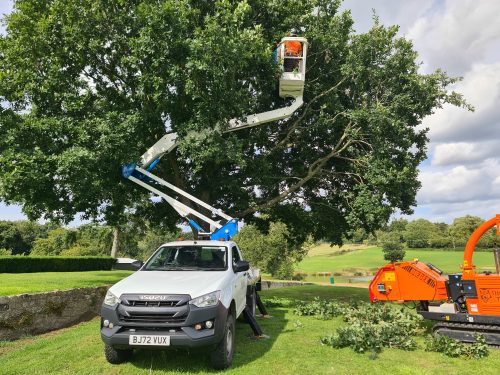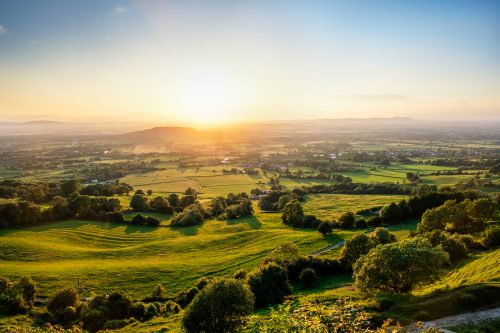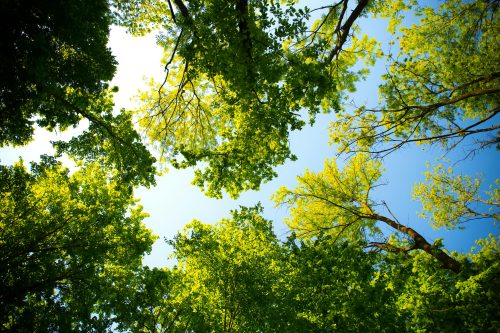 https://www.wilsontreesurgery.com/wp-content/uploads/2024/09/20230807_162313-500x375.jpg
https://www.wilsontreesurgery.com/wp-content/uploads/2024/09/20230807_162313-500x375.jpg
Machinery used in utility arboriculture
Read more
by Wilson Tree Surgery |
Trees are amazing and essential parts of our environment, going through various stages of life from a tiny seed to a magnificent giant. Let’s take a look at the journey of a tree through its life cycle.
Every tree starts as a seed. Seeds are the small packets of life that contain everything a tree needs to begin growing. When a seed finds the right conditions—enough water, warmth, and good soil—it starts to sprout. This process is called germination. The seed breaks open, and a small root begins to grow down into the soil to anchor the seed.
After germination, the seed grows into a seedling. This young plant begins to develop its first leaves, which help it capture sunlight and turn it into energy through a process called photosynthesis. At this stage, the seedling is very delicate and needs plenty of care to protect it from harsh weather, pests, and being trampled.
As the seedling continues to grow, it becomes a sapling. This is a young tree that is starting to look more like a miniature version of an adult tree. The sapling grows taller, its trunk gets thicker, and it starts to develop more branches and leaves. During this time, the tree needs plenty of sunlight, water, and nutrients to keep growing strong.
After many years of growth, the sapling becomes a mature tree. A mature tree is fully grown and can produce seeds, flowers, and fruits. This stage can last for decades or even centuries. Mature trees provide shade, produce oxygen, and are home to many birds, insects, and other wildlife. They are also strong and can withstand many environmental challenges.
As the tree gets older, it eventually enters a stage of decline. This means the tree grows more slowly, its branches may become weaker, and it might not produce as many leaves or flowers. The aging process can take many years. Even as they age, trees continue to play a vital role in their ecosystem.
Eventually, all trees reach the end of their life cycle and die. A dead tree begins to decompose, breaking down into the soil. This process is essential as it returns valuable nutrients to the ground, helping other plants and trees grow. Dead trees also provide habitats for various wildlife.
While one tree’s life may end, its seeds ensure that new trees will continue to grow. The nutrients from the decomposed tree enrich the soil, creating a fertile environment for new seeds to sprout and the cycle to begin anew.
The life cycle of a tree is a beautiful and continuous process, contributing significantly to our environment at every stage. Trees provide oxygen, shade, and habitats, making them indispensable to our world.
 https://www.wilsontreesurgery.com/wp-content/uploads/2024/09/20230807_162313-500x375.jpg
https://www.wilsontreesurgery.com/wp-content/uploads/2024/09/20230807_162313-500x375.jpg
Read more
 https://www.wilsontreesurgery.com/wp-content/uploads/2024/09/AdobeStock_475873508-500x333.jpeg
https://www.wilsontreesurgery.com/wp-content/uploads/2024/09/AdobeStock_475873508-500x333.jpeg
Read more
 https://www.wilsontreesurgery.com/wp-content/uploads/2024/09/pexels-valiphotos-589802-500x333.jpg
https://www.wilsontreesurgery.com/wp-content/uploads/2024/09/pexels-valiphotos-589802-500x333.jpg
Read more